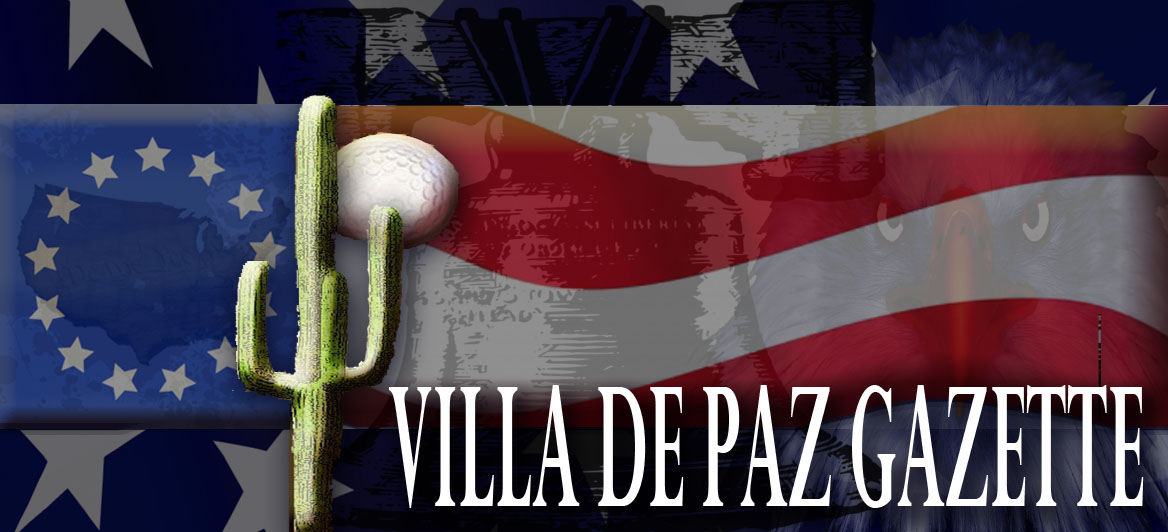Staff Writer, DL Mullan
Meteorology / Heliosphere / Astronomy_____________________________________
Lots to discuss this evening as the sun becomes active on the back side and the oldest meteor shower pays Earth a visit once again.
First things first, the weather around the planet and across space:
A near last quarter moon will keep the sky bright and may obscure the meteor shower tonight.
The Lyrids meteor shower are usually active between April 16 and April 25 every year. It tends to peak around April 22 or April 23.
Considered to be the oldest known meteor shower, the Lyrids are named after constellation Lyra. The radiant point of the shower - the point in the sky where the meteors seem to emerge from - lies near the star Vega, one of the brightest stars in the sky during this time of the year.
The Lyrids are associated with comet Thatcher, which takes about 415 years to orbit around the Sun.
For pinpoint accuracy, these directions may be helpful when measuring from True North.
| Lyrids meteor shower for Phoenix | ||
|---|---|---|
| Time | Azimuth/ Direction | Altitude |
| Mon 9:00 PM | 51° | 0.9° |
| Mon 10:00 PM | 59° | 10.8° |
| Mon 11:00 PM | 65° | 21.8° |
| Midnight Mon-Tue | 71° | 33.5° |
| Tue 1:00 AM | 76° | 45.5° |
| Tue 2:00 AM | 82° | 57.8° |
| Tue 3:00 AM | 88° | 70.3° |
| Tue 4:00 AM | 99° | 82.8° |
| Tue 5:00 AM | 257° | 84.2° |
Even though more advanced skywatchers may benefit from those numbers, this meteor shower will be seen from all over the sky. Finding Vega is important but the shower encompasses more than one locale. Or, you could use this handy online tool:
| 10pm in Phoenix, Arizona |
Have a great time exploring your world and the universe around us.
Source: Suspicious Observers, Time and Date
